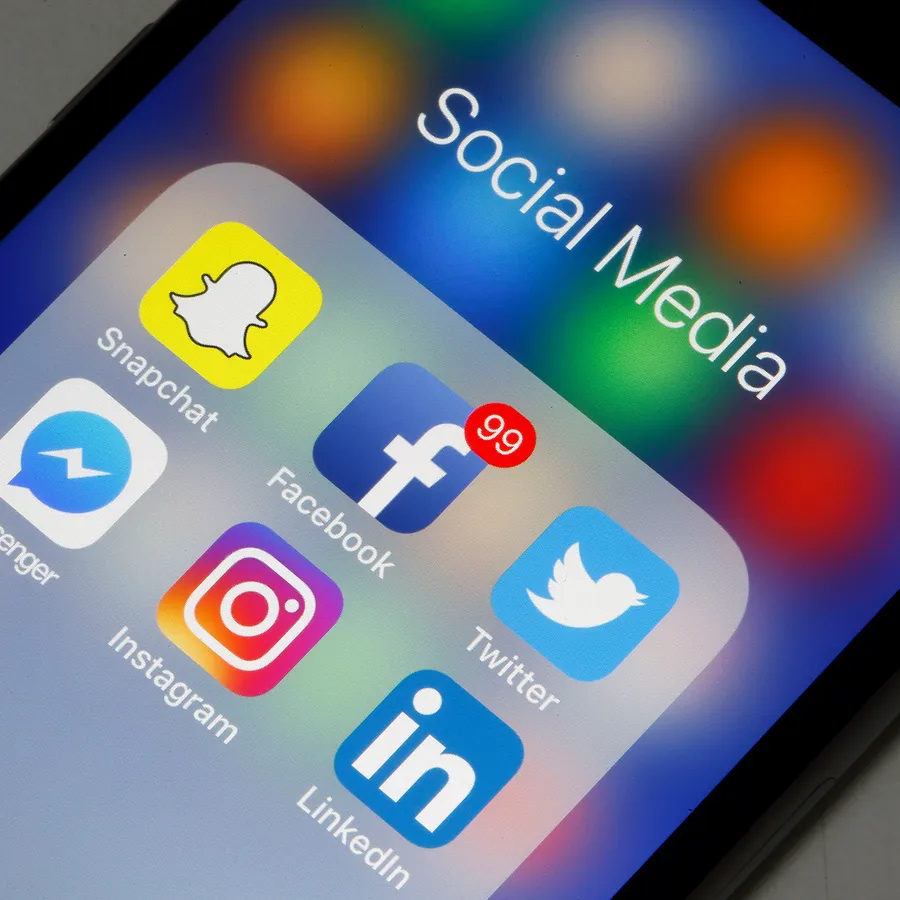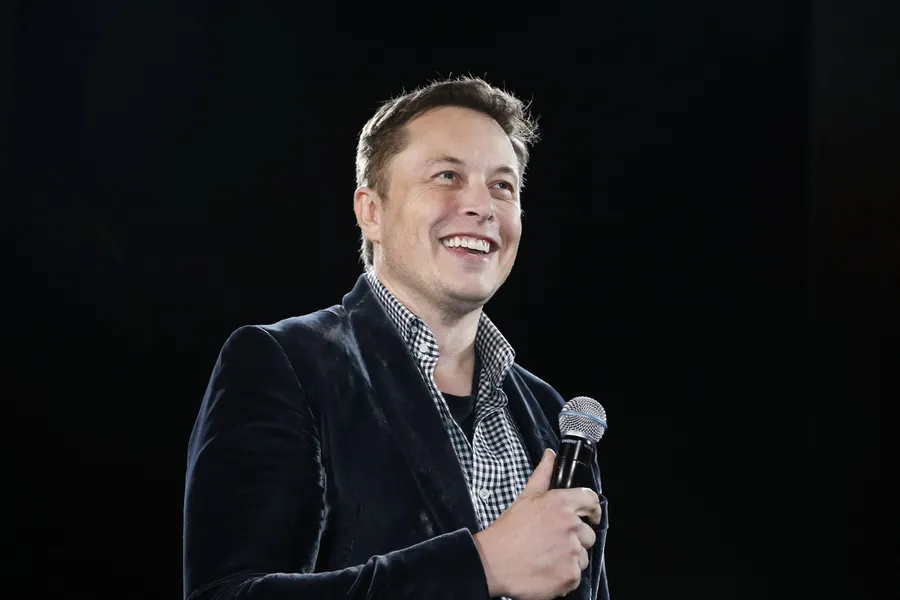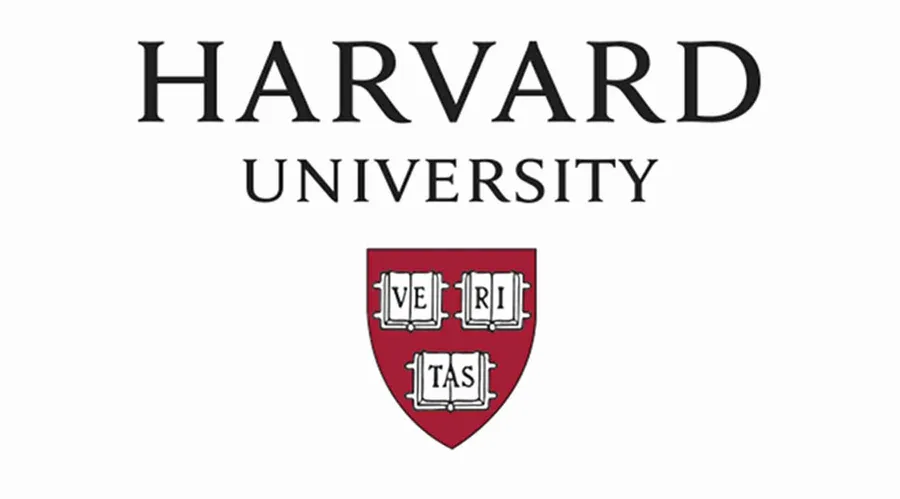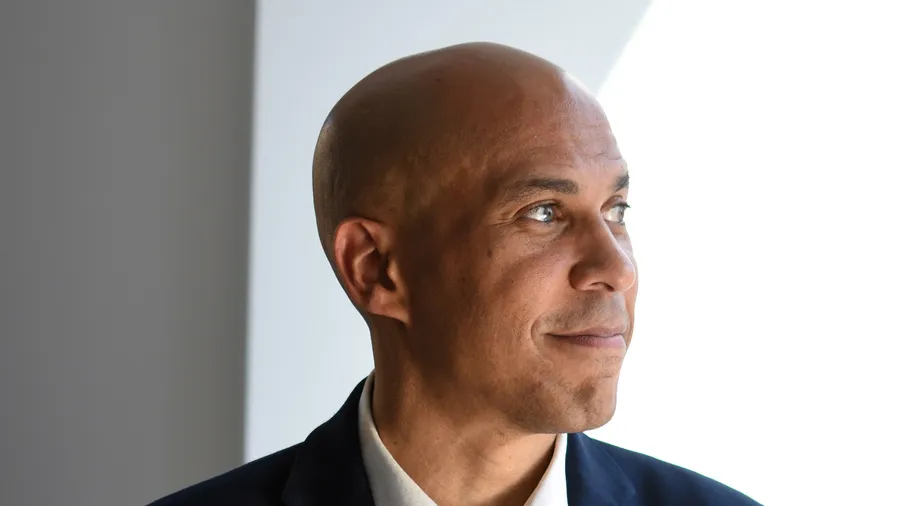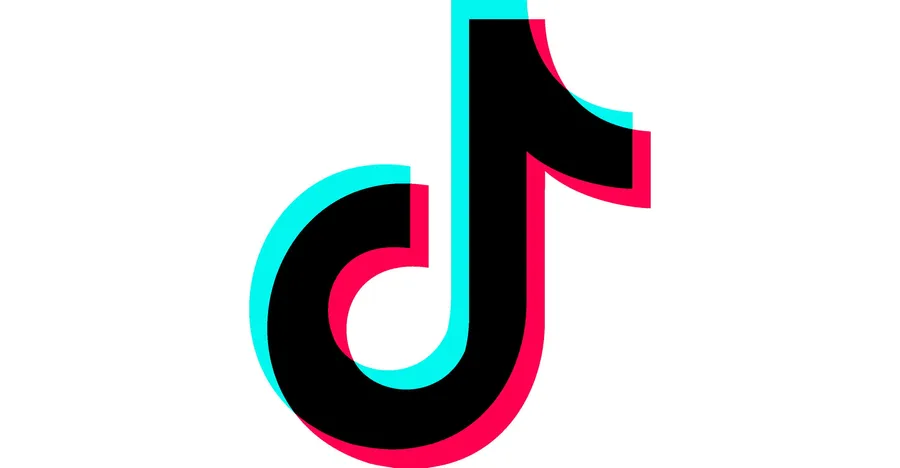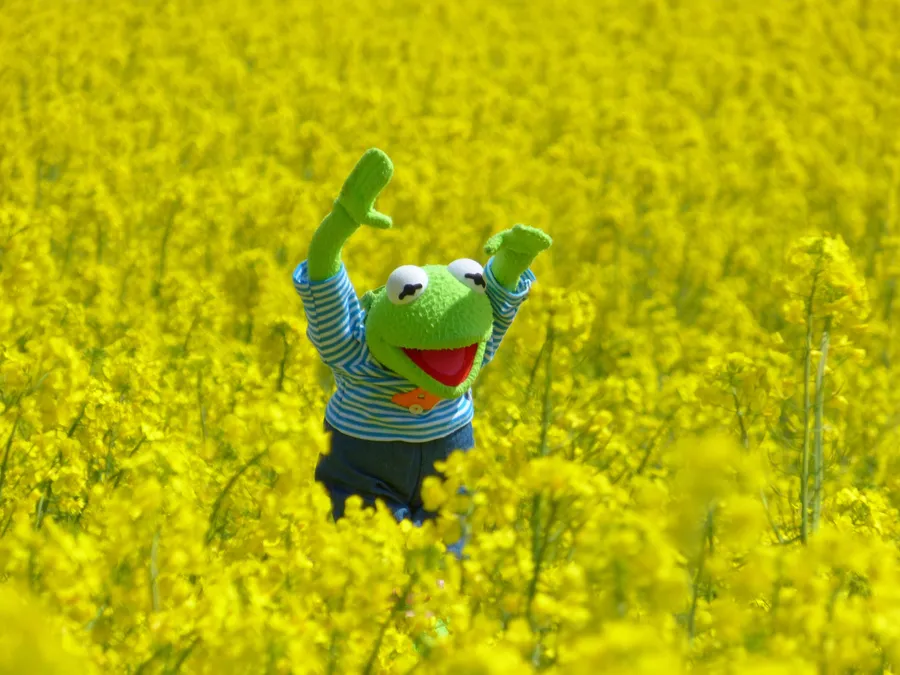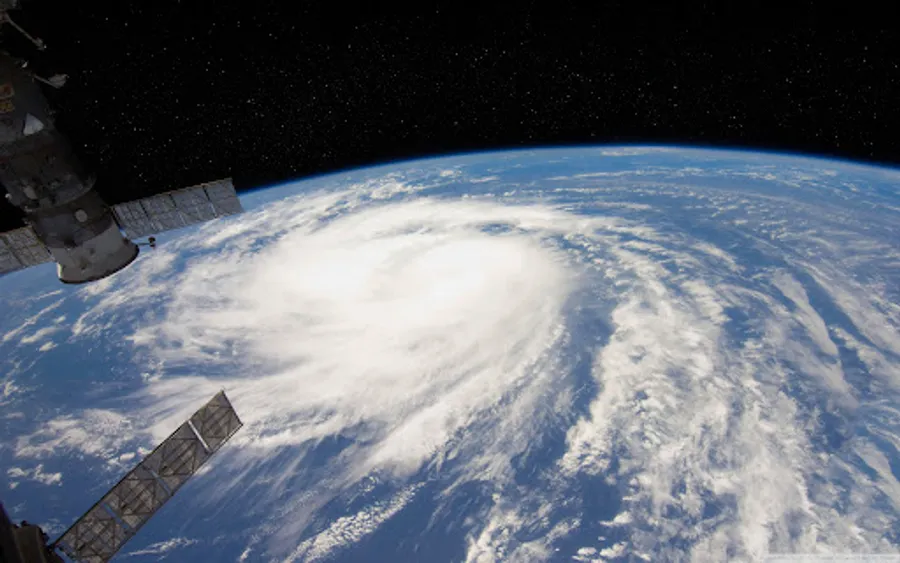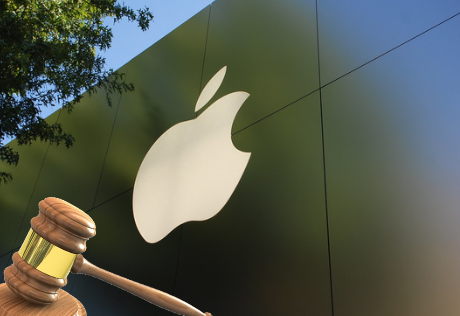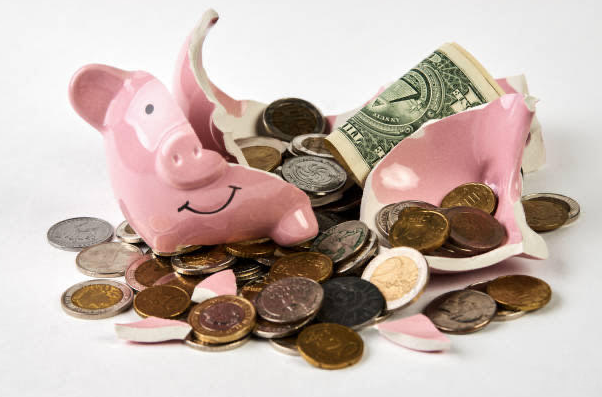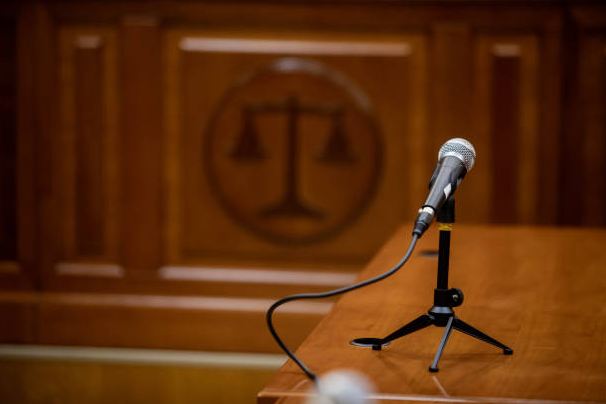Australia has taken a step in addressing the mental health crisis among teens by implementing a ban on social media use for individuals under 16. Advocates argue this intervention is necessary to combat the rising rates of anxiety, depression, and cyberbullying. However, critics fear that disconnecting teens from digital platforms may create feelings of isolation.
Gen Z is the first generation to grow up with the internet, social media, and smartphones as a part of their everyday lives. Currently, 94% of Gen Z use social media regularly, and its impact on their mental health and behavior is an ongoing concern. While social media has undeniably shaped how we communicate and connect, its long-term effects remain unclear.
Senior Tarteel Agarib communicates via social media to connect with family and friends outside of the U.S.
“Social media plays a significant role in my life,” said Agarib. “It would take more effort to communicate with family and friends out of the country if social media was banned in the U.S. I also recognize that it can be distracting, and sometimes create pressure to appear perfect.”
Seen as the strictest law of its kind, Australia’s ban targets platforms like TikTok, Facebook, Instagram, and Snapchat, aiming to protect children from potentially harmful media. This law goes beyond the UK’s Online Safety Act 2023 and the proposed Kids’ Online Safety Act (KOSA) in the United States, setting a new global example.
A recent poll by YouGov found that 77% of Australians support the under-16 social media ban, showcasing the widespread concern. Research has consistently shown a link between excessive social media use and declining mental health, with addiction, depression, and anxiety becoming increasingly common. Unrealistic comparisons and pressures found online often push these issues. Addiction to platforms has increased as well as suicide rates in both the U.S. and Australia. For instance, the suicide rate in ages 10-14 has more than doubled in the last decade, making suicide the second leading cause of death for that age group.
Social media’s feature of anonymous messages has also fueled cyberbullying, including social exclusion, rumor-spreading, and general bullying, leading to tragic outcomes. Recognizing the severity of this crisis, New York City has classified social networking sites as a public health threat and filed lawsuits against platforms like TikTok, Meta, Snap, and YouTube for their role in “fueling the nationwide youth mental health crisis.
While Australia focuses on mental health, the U.S. has concentrated its concerns about TikTok on national security. Lawmakers fear that TikTok’s owners, ByteDance, may share user data with the Chinese government. The proposed legislation would ban TikTok unless the company is sold to a government-approved buyer. With 170 million users in the U.S., TikTok faces the risk of being banned as early as Jan. 2025.
Despite its challenges, social media offers benefits for children and teens. Social media exposes young users to diverse perspectives and knowledge, helping them explore interests and learn about the world. Social media also removes geographical boundaries, allowing users to form and maintain relationships with people worldwide. This is especially valuable for those with disabilities or those who feel isolated within their communities.
Social Studies teacher Mr. Andrew Ward believes that social media’s negatives outweigh the positives.
“As a 51-year-old, it’s great connecting with someone you haven’t seen in years but went to high school with,” said Ward. “Though, if you’re 51 or 17, mindlessly scrolling and feeling the ill effect of what that does to your brain is way more profound than the positives that come with it.”
While the ban aims to protect mental health, it also raises questions about isolation. Whether other nations follow Australia’s lead remains a mystery, but the conversation surrounding social media’s impact is unlikely to fade.


